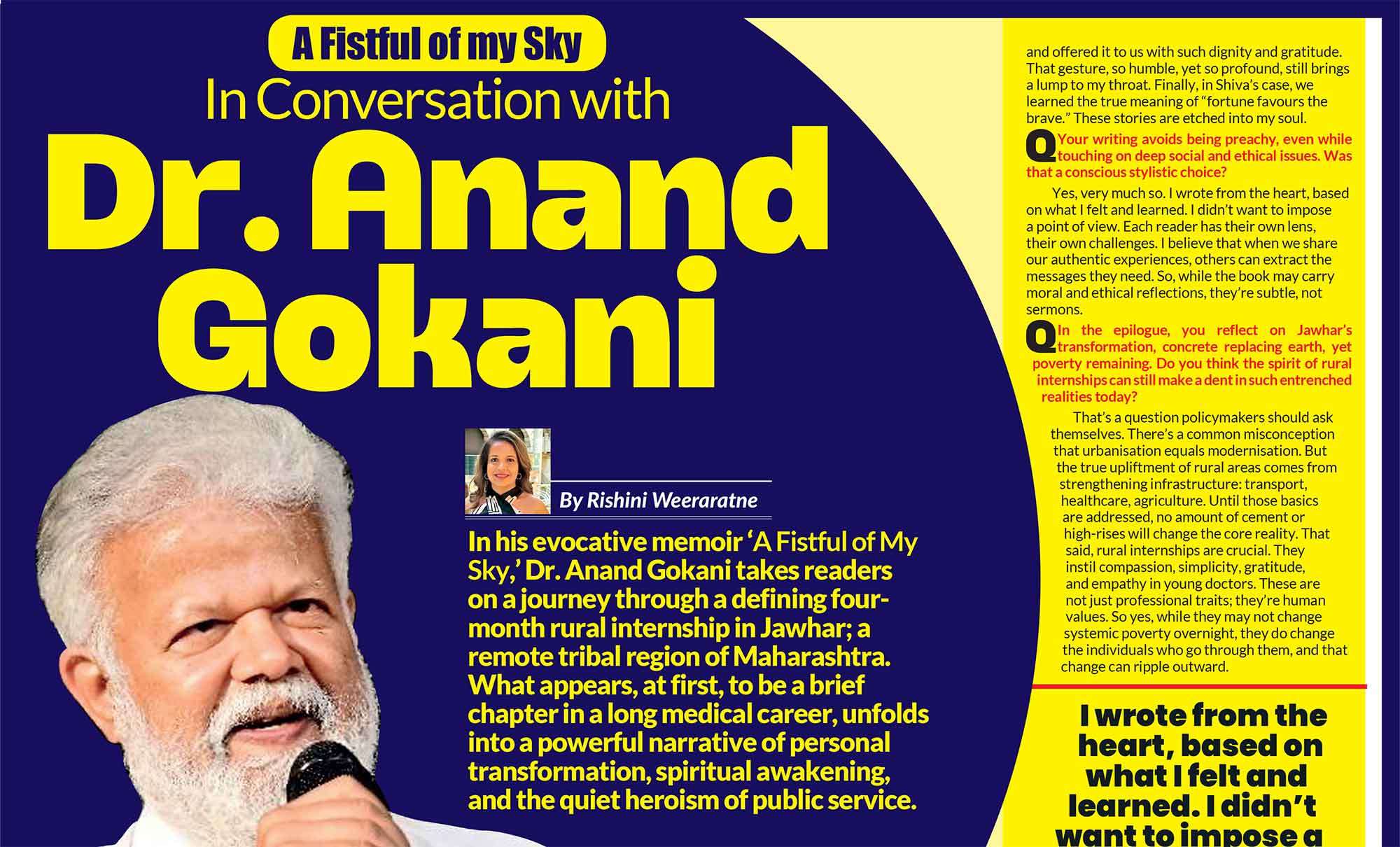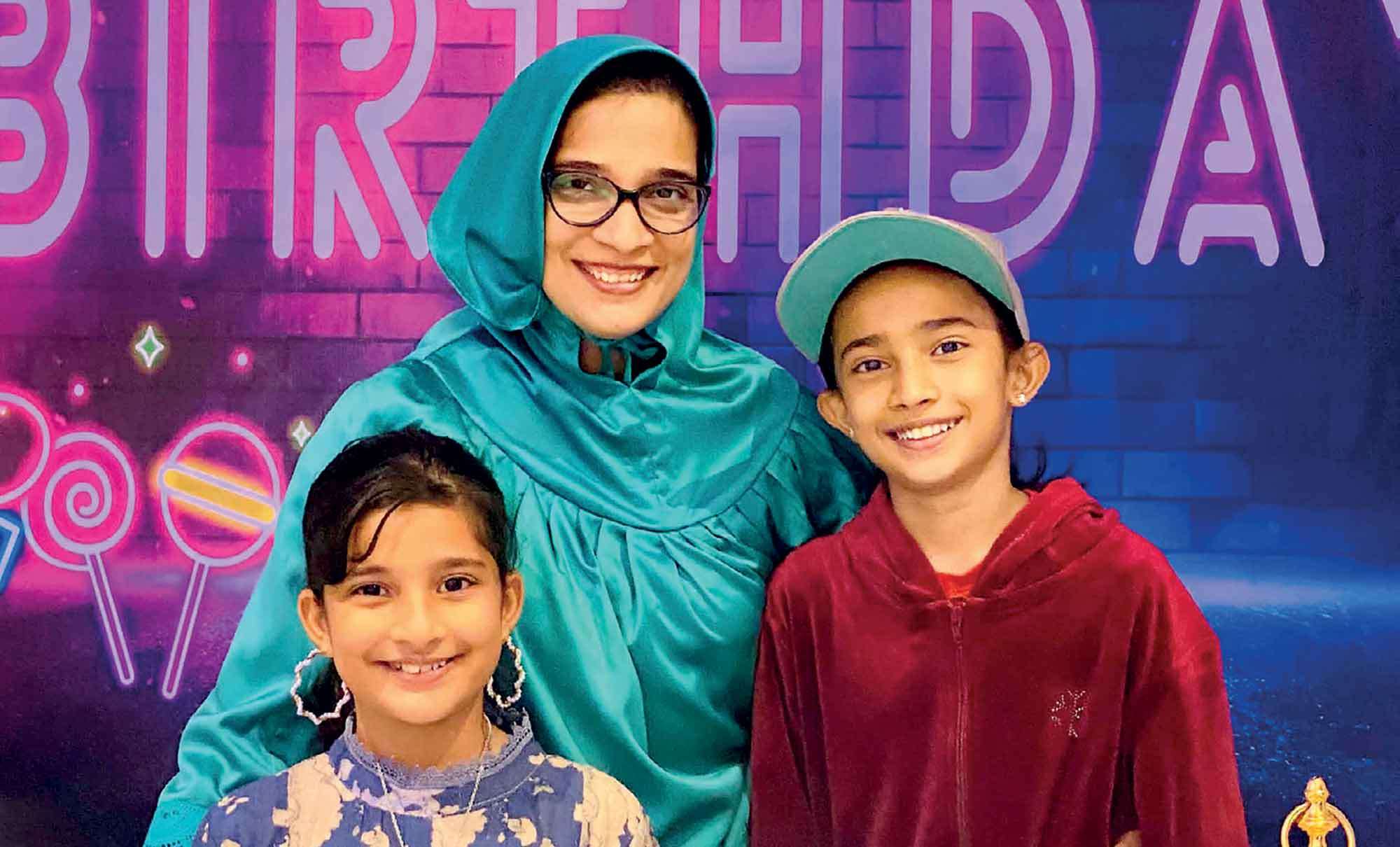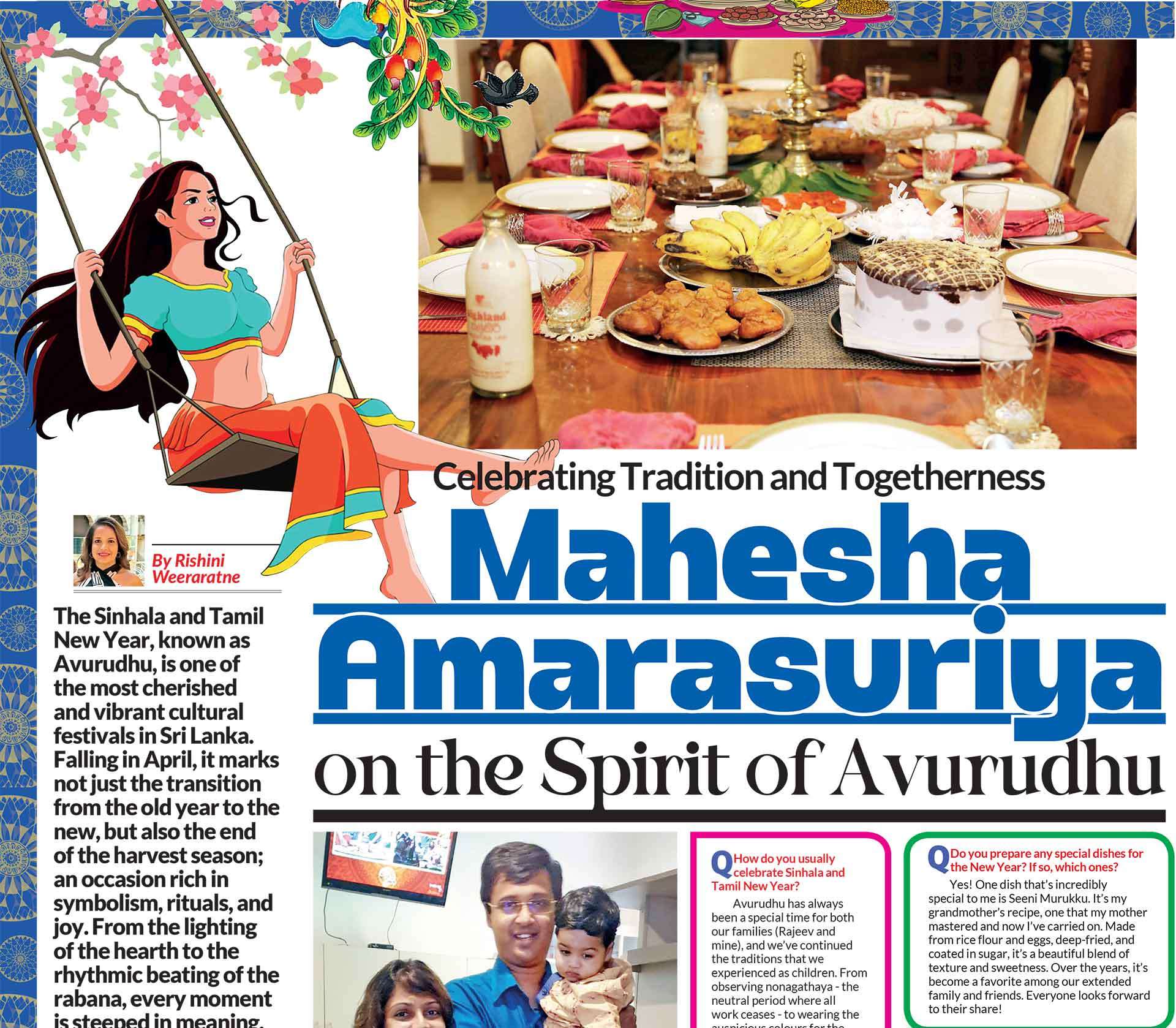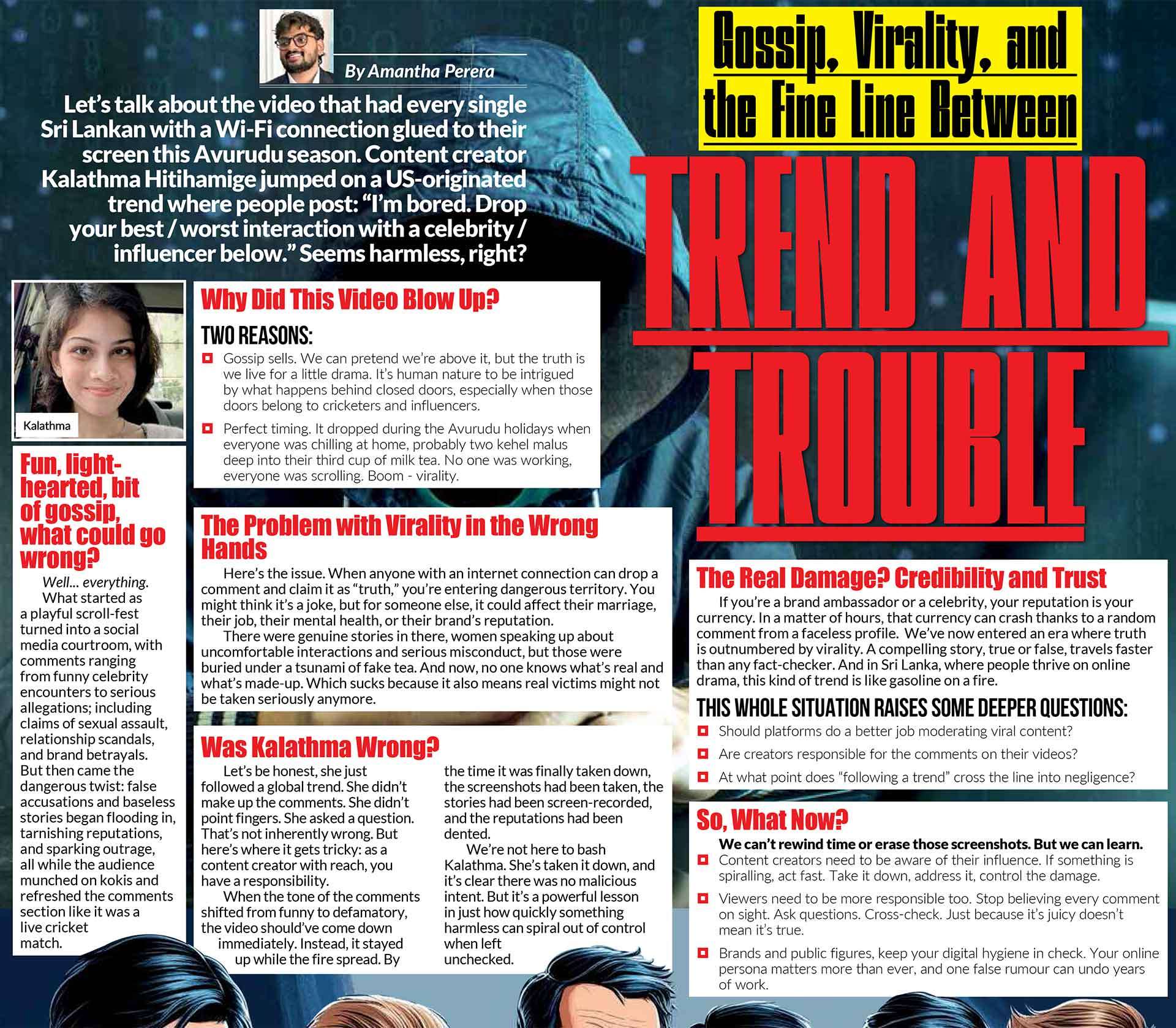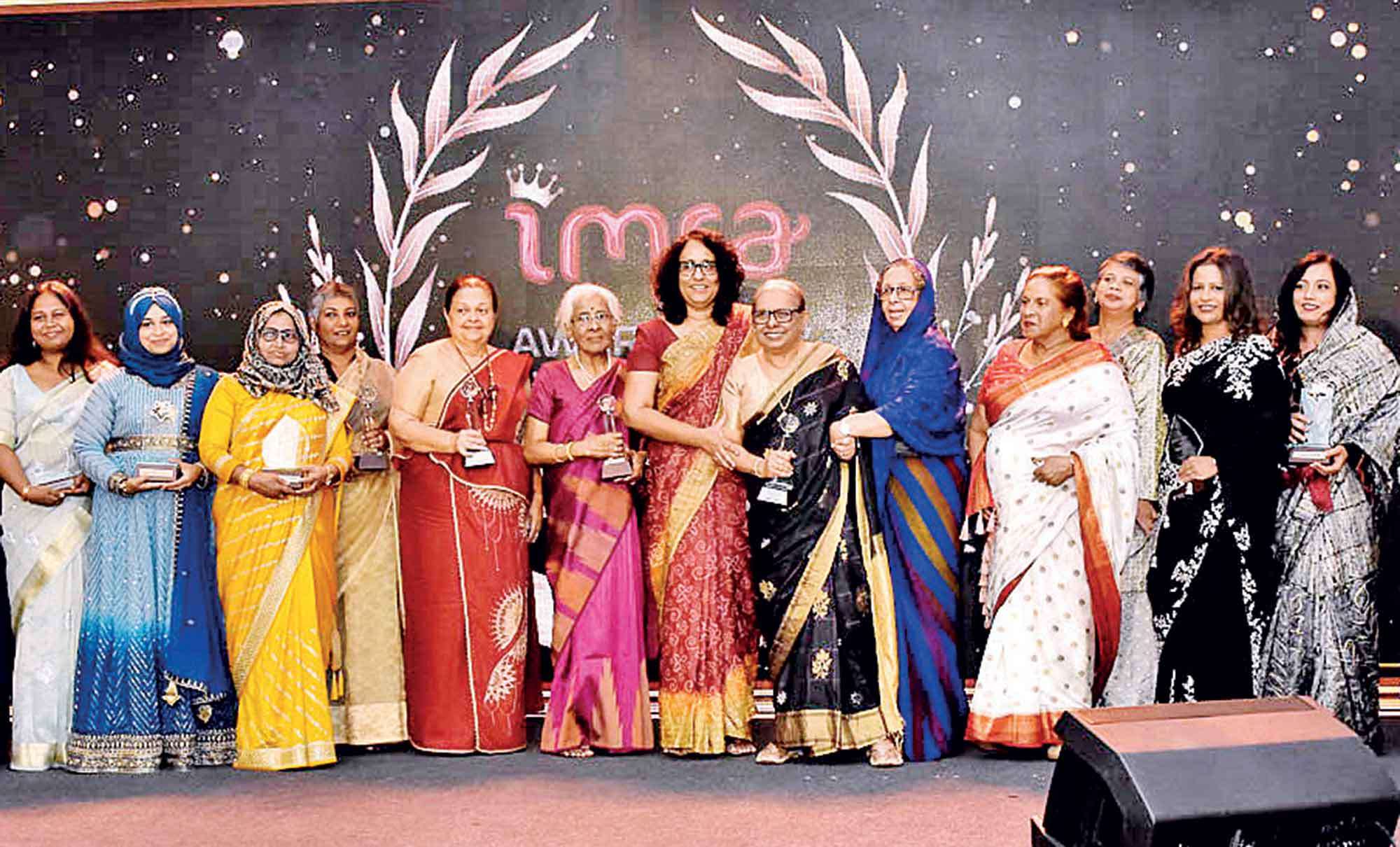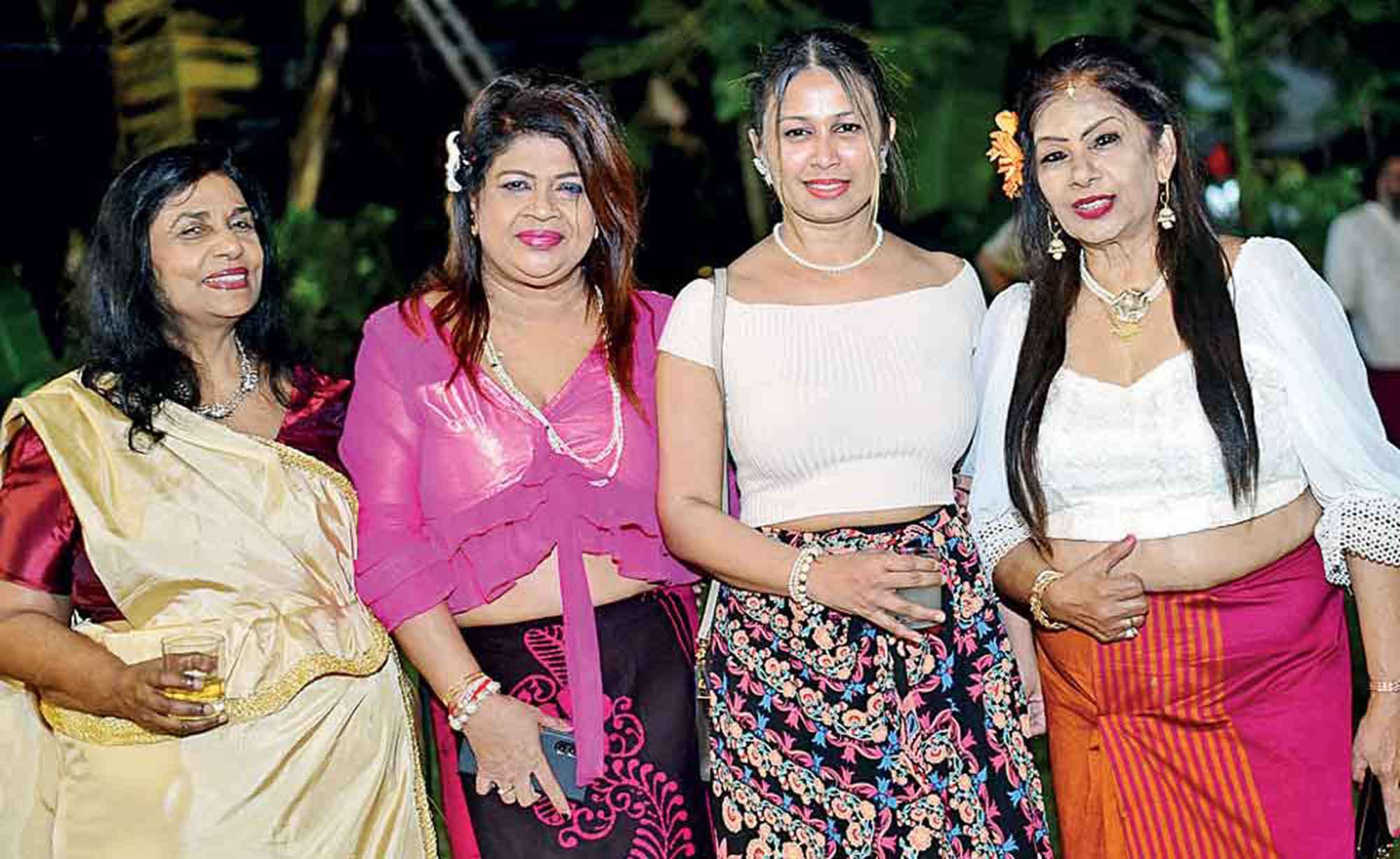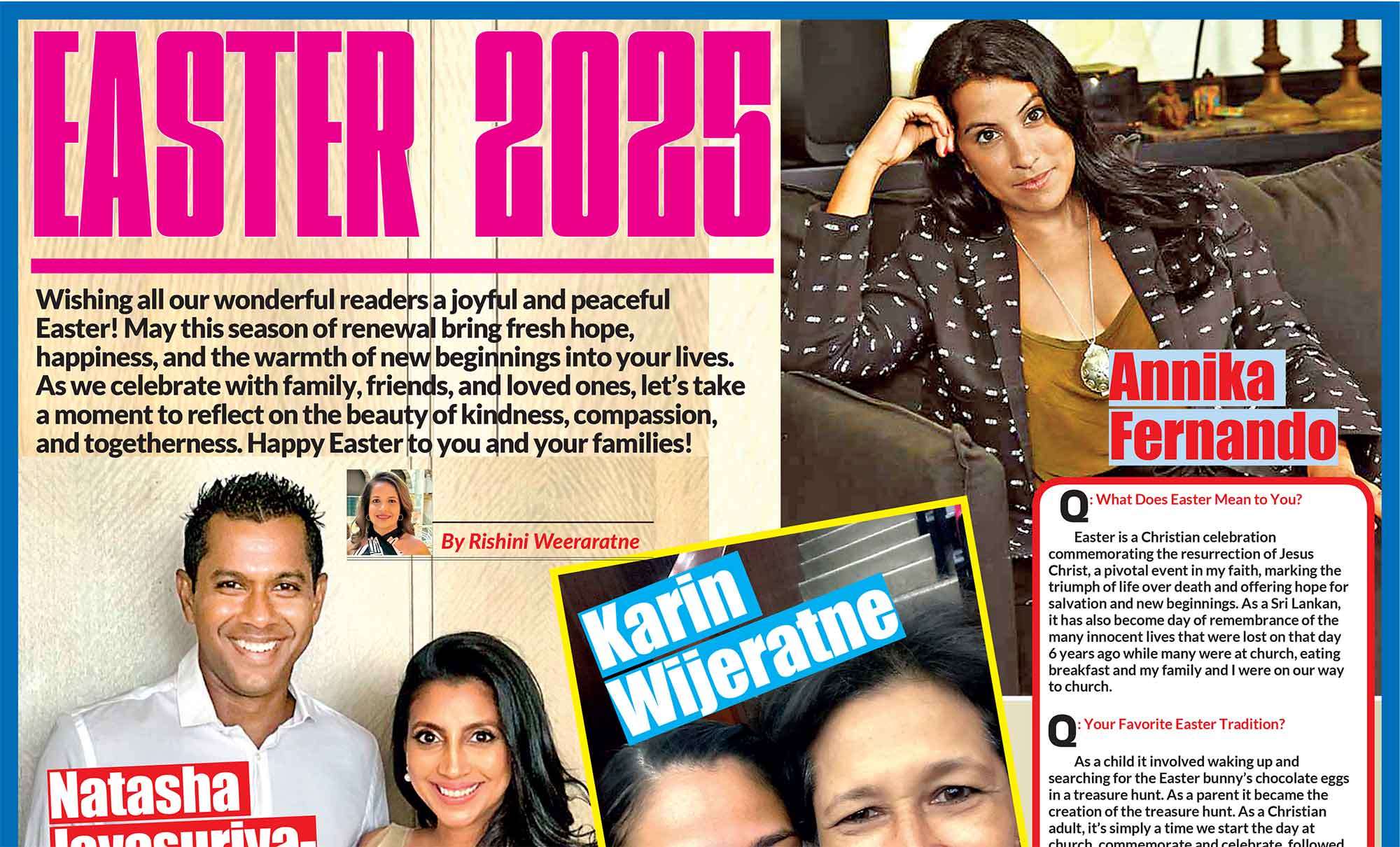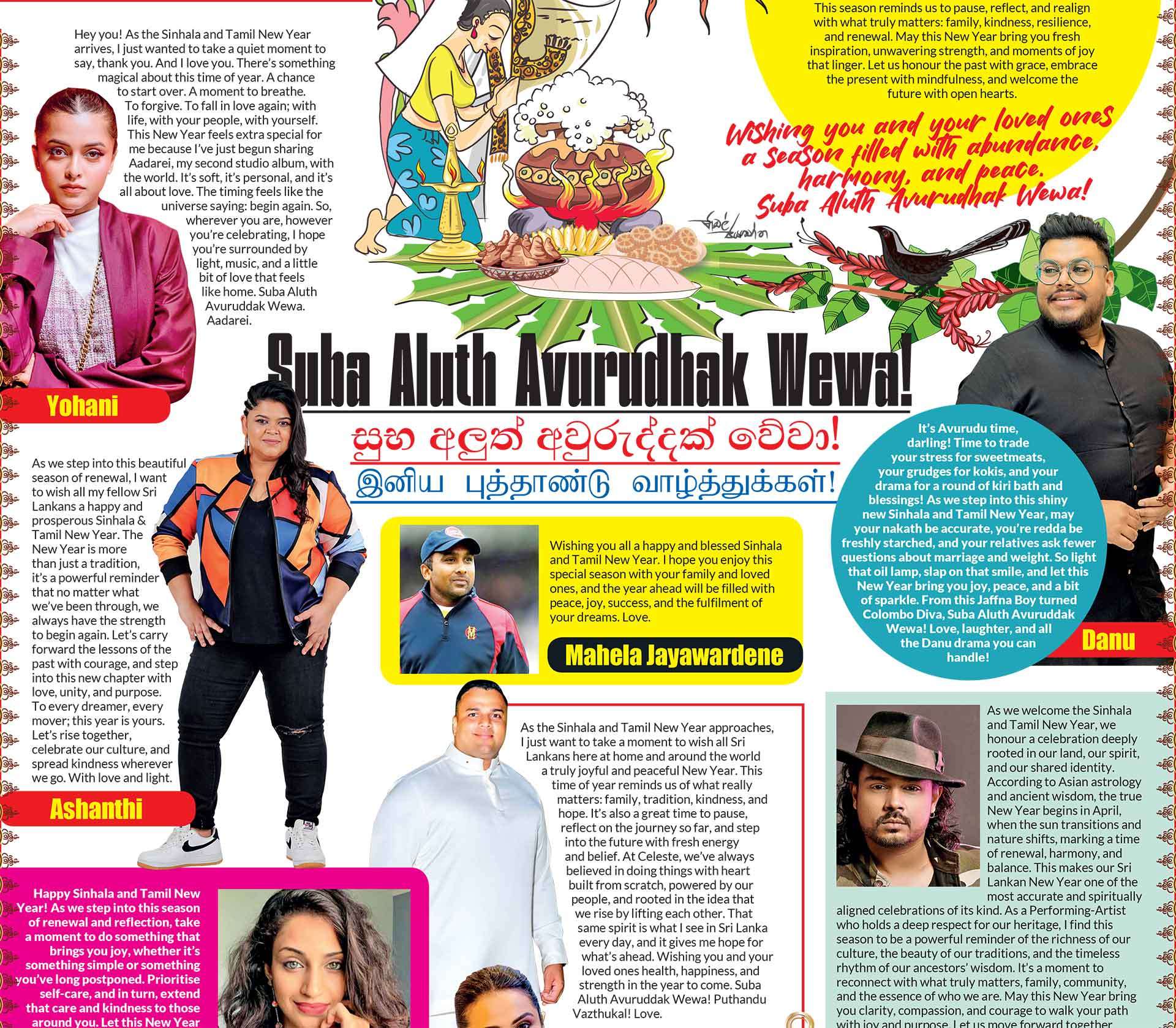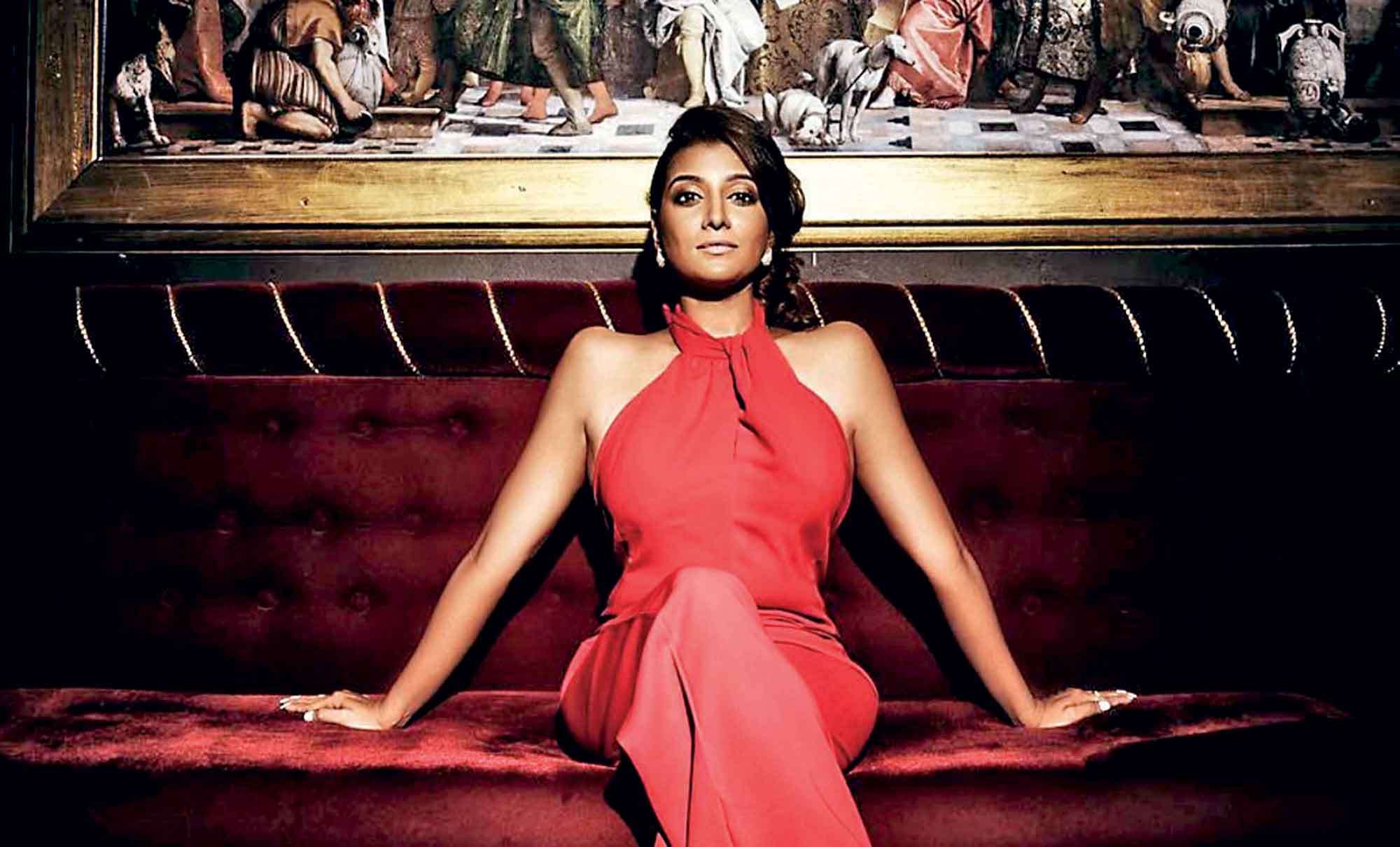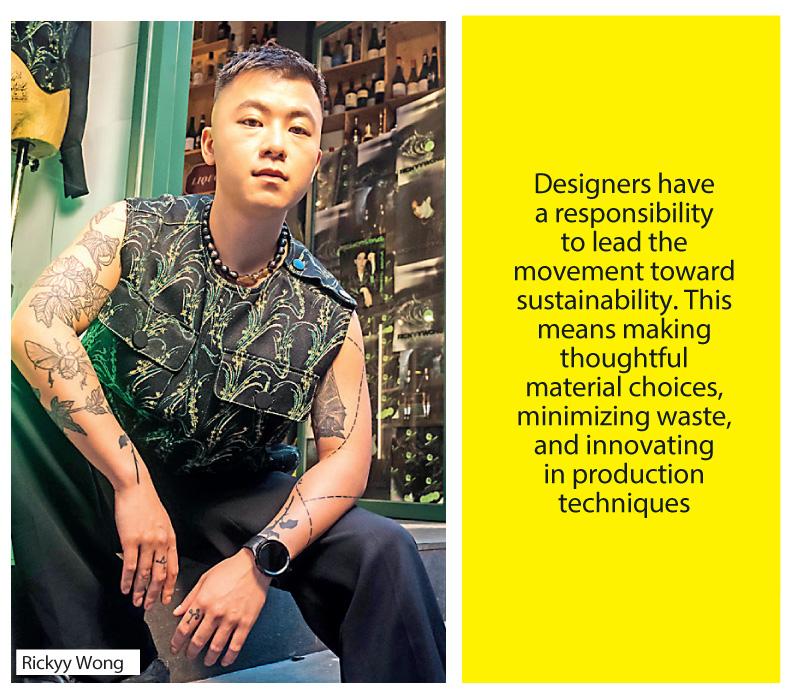
 Rickyy Wong has captivated the fashion world with his innovative fabrications, striking silhouettes, and seamless blend of cultural influences. With a design philosophy rooted in urban landscapes and cultural diversity, he continues to push boundaries in fashion. In this exclusive interview, post London Fashion Week 2025, we discuss his evolving vision, inspirations, and sustainable innovations, exploring how his global experiences have shaped his approach to design.
Rickyy Wong has captivated the fashion world with his innovative fabrications, striking silhouettes, and seamless blend of cultural influences. With a design philosophy rooted in urban landscapes and cultural diversity, he continues to push boundaries in fashion. In this exclusive interview, post London Fashion Week 2025, we discuss his evolving vision, inspirations, and sustainable innovations, exploring how his global experiences have shaped his approach to design.
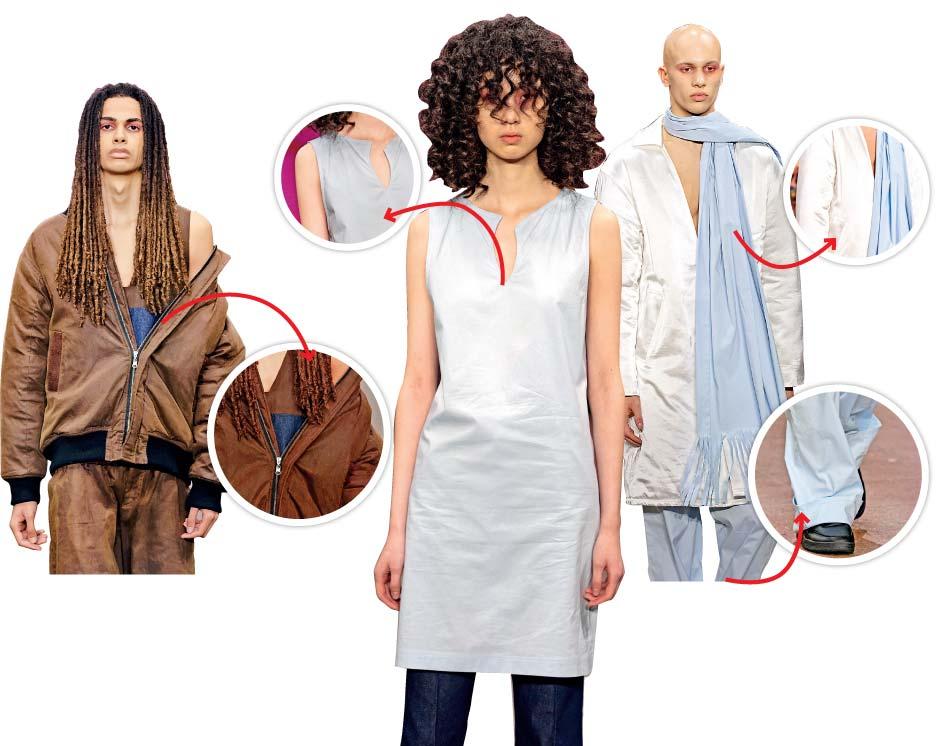
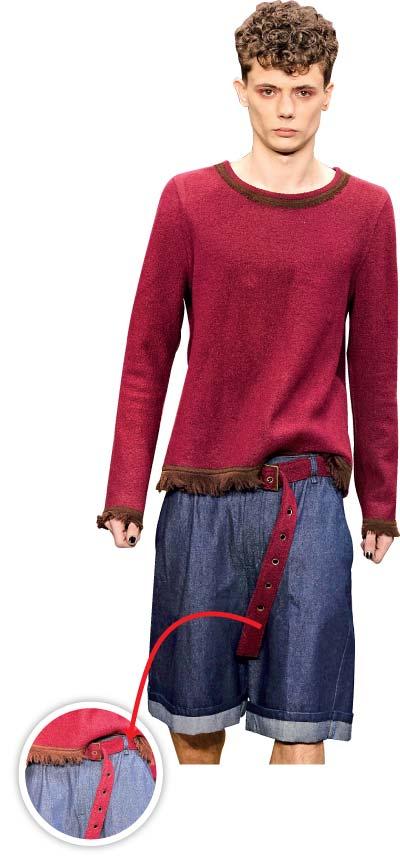 Q: Your collections are celebrated for their innovative fabrications and striking silhouettes. How would you describe your design vision, and how has it evolved over time?
Q: Your collections are celebrated for their innovative fabrications and striking silhouettes. How would you describe your design vision, and how has it evolved over time?
My design vision has always been about blending urban landscapes with cultural diversity, initially focusing on East-West fusion but gradually expanding to a more global perspective. Over the years, I’ve incorporated innovative materials like waxed cotton in collections such as ODYSSEY, pushing boundaries in fabrications and silhouettes. My designs have evolved to become more fluid and adaptable, mirroring the dynamism of city life while maintaining a core ethos of cultural fusion. Sustainability has also become an increasingly central element of my work, reflecting my belief that fashion should be both expressive and responsible.
Q: Your Master of Arts graduate collection was inspired by samurai and dandy aesthetics. What drew you to these influences, and how did you translate them into your designs?
I was fascinated by the craftsmanship of samurai armour and the precision of dandy tailoring. These two styles share an emphasis on structure, detail, and elegance. To bring them together, I crafted silhouettes reminiscent of samurai armour using luxurious fabrics associated with dandy fashion. The collection featured a colour palette combining deep, muted samurai tones with the bold hues typical of dandy aesthetics, creating pieces that embodied both warrior strength and gentlemanly elegance. This collection exemplified my approach to blending historical and modern influences.
Q: How do you approach the process of combining traditional inspirations, like samurai culture, with modern design sensibilities?
My approach is centred on understanding the historical and cultural context of traditional inspirations and then finding ways to reinterpret them in a modern context. For instance, I take the structured silhouettes of samurai armour and craft them using high-tech, breathable fabrics. I might also translate intricate traditional textile patterns into laser-cut designs that maintain their cultural essence while feeling fresh and contemporary. The key is ensuring functionality, while the pieces honour their traditional roots, they remain relevant for today’s fast-paced world.
Q: Your use of fish skin leather as a sustainable alternative to exotic hides is innovative. What inspired you to explore this material, and how has it influenced your approach to sustainability in fashion?
My journey into fish skin leather began when researching the Ainu tribe of Northern Japan. Their traditional use of fish skin intrigued me, leading to a deeper exploration of this sustainable material. Through collaborations and immersive experiences in Hokkaido, I learned about traditional fish skin processing and its potential as a viable alternative to exotic leathers. This discovery reinforced my commitment to sustainability by transforming discarded materials into high-quality fashion pieces. It’s a prime example of how cultural traditions can inspire modern solutions to environmental challenges.
By sourcing unique, eco-friendly materials like fish skin leather and Piñatex, I create designs that are both visually striking and environmentally responsible.
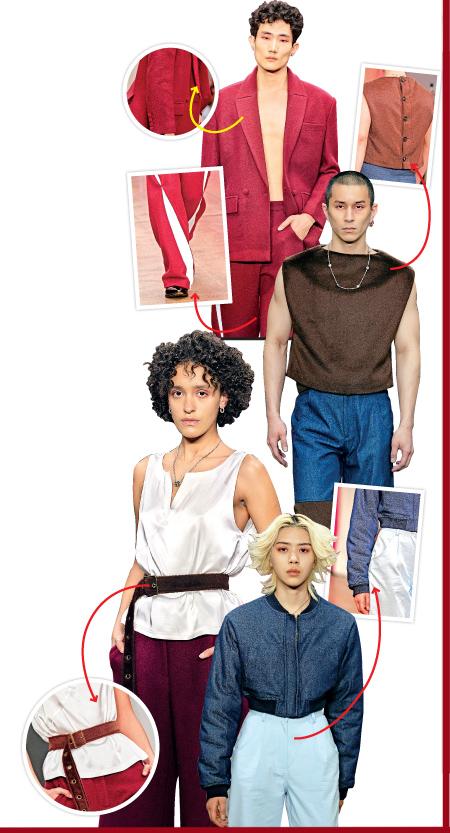 Q: Having studied at Bunka Gakuen University in Tokyo and École Nationale Supérieure des Arts Décoratifs in Paris, how did your time in these two fashion capitals shape your approach to design? How would you compare the fashion cultures in Japan and France, and how have they influenced your craftsmanship and conceptualization?
Q: Having studied at Bunka Gakuen University in Tokyo and École Nationale Supérieure des Arts Décoratifs in Paris, how did your time in these two fashion capitals shape your approach to design? How would you compare the fashion cultures in Japan and France, and how have they influenced your craftsmanship and conceptualization?
Studying in both Tokyo and Paris provided me with two distinct but complementary perspectives on fashion. In Japan, I was immersed in precision, technological innovation, and minimalism, while in France, I encountered the artistry and grandeur of haute couture. Japanese fashion emphasizes meticulous craftsmanship and clean lines, whereas French fashion embraces bold storytelling and historical richness. This dual exposure has shaped my ability to merge structured, disciplined tailoring with dramatic, artistic expression. My collections reflect this balance, combining Japanese precision with the expressive luxury of French fashion.
Q: How have your experiences in Tokyo and Paris informed your understanding of fashion on a global scale, and how do you incorporate these perspectives into your collections?
Tokyo’s avant-garde street style and Paris’s couture traditions gave me a broad understanding of fashion’s global landscape. I integrate these influences by blending minimalist aesthetics with statement pieces, ensuring my designs appeal to an international audience. By considering how different cultures embrace fashion, I create collections that are both globally relevant and deeply personal.
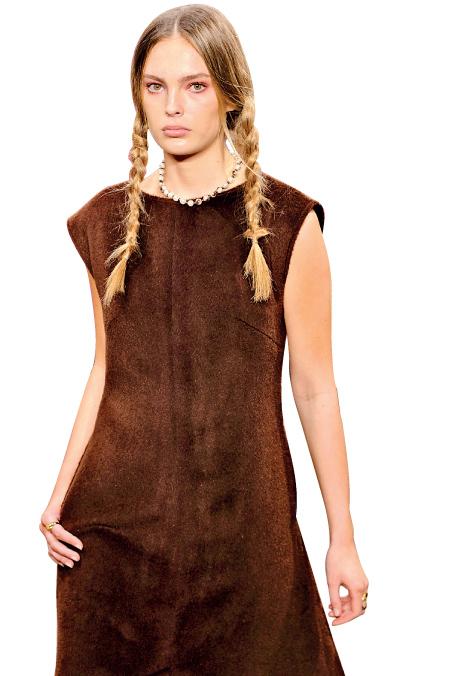 Q: Sustainability seems to be an important aspect of your work. What role do you think designers should play in driving sustainability within the fashion industry?
Q: Sustainability seems to be an important aspect of your work. What role do you think designers should play in driving sustainability within the fashion industry?
Designers have a responsibility to lead the movement toward sustainability. This means making thoughtful material choices, minimizing waste, and innovating in production techniques. Sustainability should be seamlessly integrated into a brand’s DNA rather than being treated as a trend. We must also educate consumers on making ethical fashion choices while proving that sustainable clothing can be both stylish and high quality.
Q: How do you ensure that sustainability doesn’t compromise the aesthetic appeal or quality of your designs?
I view sustainability as an opportunity for innovation. By sourcing unique, eco-friendly materials like fish skin leather and Piñatex, I create designs that are both visually striking and environmentally responsible. My goal is to craft timeless pieces with lasting appeal, ensuring sustainability is an intrinsic part of my creative process rather than an afterthought.
Q: Your designs focus on contemporary casualwear yet feature striking silhouettes. How do you balance comfort with high-fashion aesthetics?
I achieve this balance through fabric selection and innovative pattern cutting. By using materials that offer both structure and flexibility, I ensure that even the most dramatic silhouettes remain comfortable. I also play with contrasts, mixing fitted and relaxed elements within the same garment, to create a dynamic but wearable look.
Q: Who is your ideal customer, and how do you tailor your designs for a global audience?
My ideal customer is a cosmopolitan individual who values cultural fusion, sustainability, and unique design. I ensure my collections are versatile and adaptable across different markets, incorporating influences from various cultures while maintaining a cohesive aesthetic. Using diverse models and focusing on size inclusivity also help me connect with a broader audience.
Q: How do you differentiate your brand from the growing number of casual fashion labels?
I infuse contemporary casual wear with avant-garde detailing, innovative fabrics, and a multicultural perspective. By merging craftsmanship with modern streetwear elements, I create pieces that stand out while remaining functional and wearable.
Q: How does your design process differ when creating casual, yet high-fashion pieces compared to traditional collections?
My approach to casual high-fashion pieces prioritizes versatility, allowing garments to be styled for different settings. I use modular design elements that offer multiple styling options, ensuring my collections appeal to a diverse clientele.
Q: How do you stay creative in an industry driven by fast-paced trends?
I draw inspiration from art, architecture, and cultural narratives, rather than just following trends. Collaborations with artisans and experimentation with unconventional materials help keep my work fresh while maintaining a strong brand identity.
Q: Can you walk us through your creative process?
My process begins with extensive research, followed by sketching, fabric selection, and prototyping. I refine silhouettes based on movement and wearability, ensuring each piece balances artistic vision with practicality.
Q: How do you market your brand globally?
I use digital platforms and collaborations to connect with an international audience. Tailoring my marketing strategy to different cultural markets helps my brand remain both accessible and exclusive.
Q: What are your future plans?
I aim to expand into Southeast Asian markets, collaborating with local artisans and exploring traditional craftsmanship in a modern context. I’m also developing a capsule collection inspired by evolving traditional garments, bridging heritage with contemporary design.


